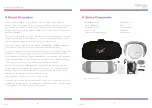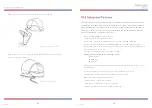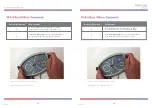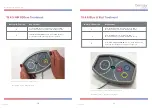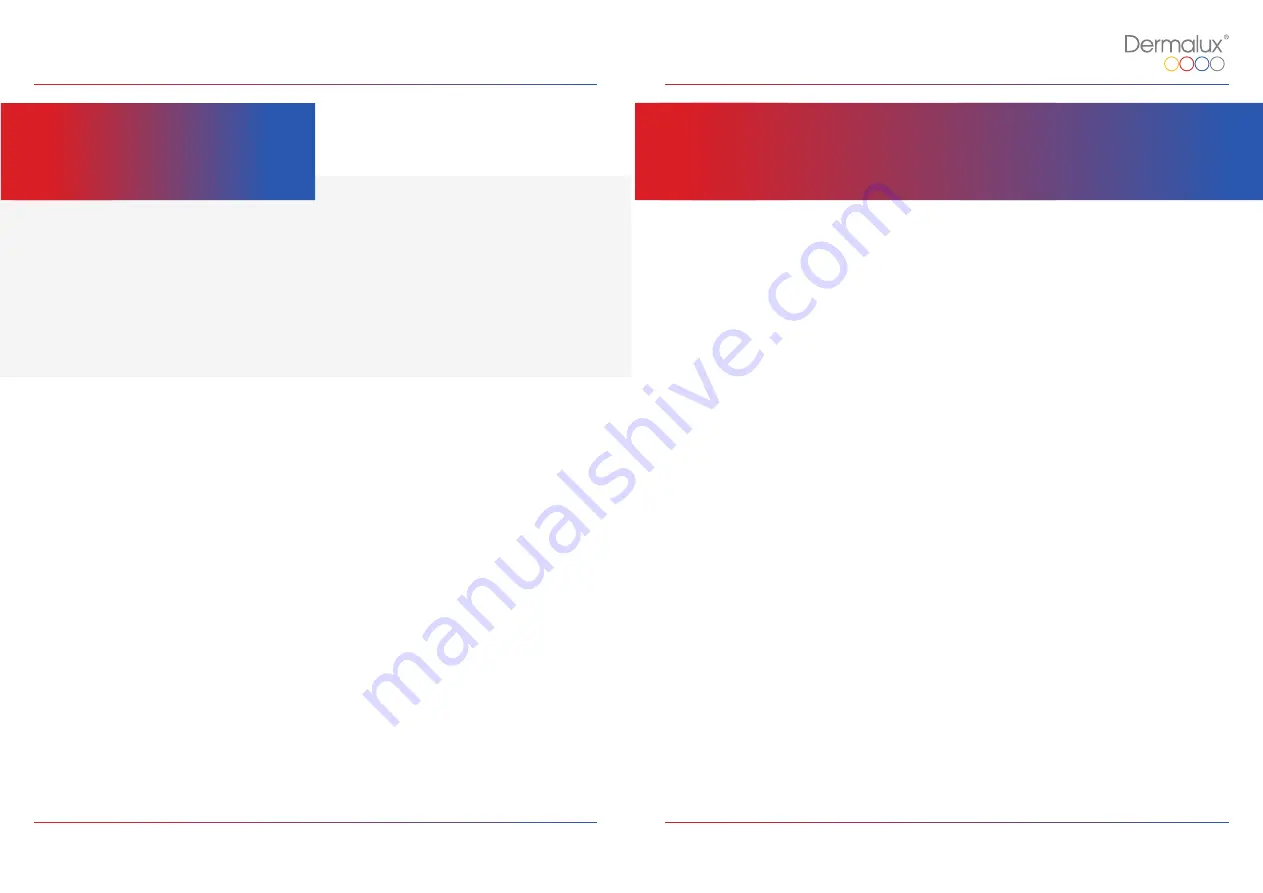
Aesthetic Technology Limited
12
13
PL-027 (Rev 7)
PL-027 (Rev 7)
Indications for use include but are not limited to the following:
• Epilepsy or Seizures triggered by light
• Metabolic disorders such as Porphyria
• Autoimmune disorders such as Systemic Lupus Erythematosus (SLE)
• Photosensitive disorders such as Photosensitive Eczema
• Active Cancers
• Use of Photosensitive Medications
10.1 Other substances known to increase the risk of sensitivity
10.2 Recognising Photosensitivity
Certain medical conditions, medications and chemicals are known to induce
Photosensitivity. Photosensitivity is a common side effect of various medications.
These can include certain antibiotics, chemotherapy drugs, and diuretics.
St John’s Wort, anti-perspirant, antibacterial soaps, artificial sweeteners, naphthalene
(mothballs), petroleum products, brightening agents found in laundry detergent, and
cadmium sulphide (a chemical injected into the skin during tattooing).
Photosensitivity may also be caused by the use of certain perfume applied in the
treatment area.
Photosensitivity is a condition characterised by increased sensitivity to light, particularly
UV light. It refers to the development of a skin reaction as a result of the combined effects
of light and certain medications (oral and topical), hormonal changes, trauma or chemical
causes. General symptoms present as an erythema reaction similar to sunburn.
Exposure to either a chemical or the light alone is not sufficient to induce a photosensitive
reaction. When photo-activation of a chemical occurs, a phototoxic or photoallergic
reaction may arise.
For a list of Photosensitive Medications, please refer to the Dermalux Consultation Guide
(PL-011, available at learn.dermaluxled.com).




